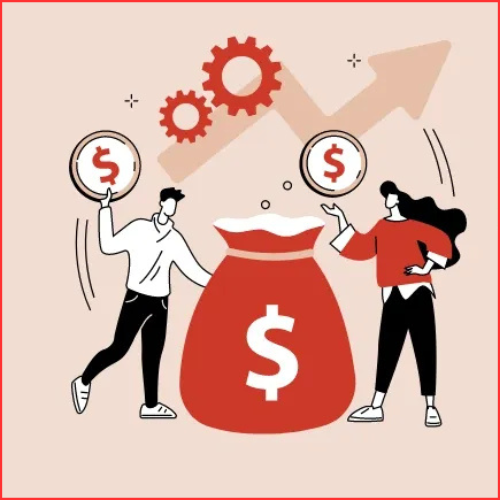The Silicon Valley Bank: What is it? What caused it to fall? Will buyers be refunded their money? How will the bankruptcy of SVB affect startups? Would the SVB bankruptcy harm Indian banks? Read on for the solutions.
The Silicon Valley Bank (SVB), which dubbed itself the “financial partner of the innovation economy” after experiencing a quick collapse, was shut down by US banking regulators on Friday. It has shocked both the banking and IT sectors. Although the bank served a relatively specific clientele of start-ups, VCs, and IT companies, SVB was the 16th largest bank in the US prior to its demise.
Also, it was the second bank to fail last week following Silvergate. The US banking authorities then shut down the Signature Bank on Sunday, making it the third bank to close in a week.
It’s interesting to note that this is the second-largest bank failure in US history and the first one since the Great Recession of 2008. Washington Mutual Bank had already failed in September 2008. It has $188 billion in deposits and $307 billion in assets. Prior to its demise, SVB had deposits totaling $175 billion and assets totaling $209 billion.
There were also deposits in the bank from several bitcoin businesses. According to Circle, its SVB reserves total $3.3 billion. Following the disclosure, Binance and Coinbase stopped allowing withdrawals in USDC, Circle’s stablecoin. BlockFi, a now-bankrupt cryptocurrency lender, still owes SVB $227 million.
By making a loan when no other bank would the bank rose to fame among entrepreneurs. The Verge reported that SVB provided loans secured by a company’s receivables.
SVB was renowned as the “go-to bank for investors,” not just for startups. More than 2,500 VC firms had made deposits. It has also made investments in a number of VC firms throughout the years, including Sequoia Capital, Accel Partners, and Greylock.
What caused SVB to fall apart?
Understanding how banks operate is crucial to comprehend what went wrong at SVB.
In essence, a bank takes deposits from its clients. After that, it lends money to further customers using the deposits, using the remaining funds for other investments. It is done with the premise that not every depositor will show up at the bank’s door at once to withdraw their deposits.
SVB has now placed the funds in secure products like bonds, just like other banks. Interest rates in the US were extremely low following the 2008 financial crisis. As a result, loans were made at lower interest rates, and VCs continued to pour money into start-ups. Because these start-ups trusted these banks with their deposits, banks like SVB benefited as a result.
Nonetheless, the US Federal Reserve started raising interest rates last year. The Federal Fund Rate has now increased to 4.5–4.75% from 0.25–0.5% in March 2022. Interest rates may be raised to 5.75 percent, according to Fed Chief Jerome Powell.















